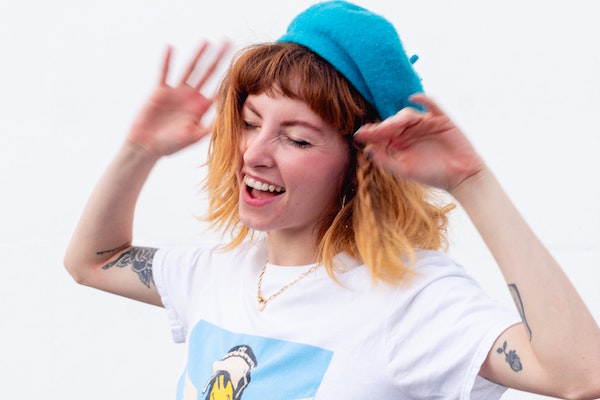The American Dream has long seen thousands of hopeful young people flock to US metropolitan areas, most notably New York City, with not much more than the desire to make it big and build the life they always wanted. And when they went through some rough times on their way to accomplishing their dreams, it was places like the YMCA would take them in for cheap and put a roof over their head. But how did the YMCA go from being a working-class hub to becoming the setting of one of the most popular and recognizable gay anthems of all time?
The impact of the Village People and their music
Pop music has always been an integral part of the LBGTQ lifestyle. And there were always certain songs that every queer person would instantly recognize as part of that shared culture. In public settings, enthusiastically dancing along to an underground gay anthem would even function as a way for gay people of acknowledging one another without straight bystanders being able to realize. Much like the act of celebrating a gay anthem being a cover for recognizing and celebrating queerness, the lyrics of these songs were often filled with innuendo and double entendre – with YMCA being no exception. According to The Guardian, YMCA, the 1978 hit song by the Village People, is considered one of the definite gay anthems of all time. It is up there with Gloria Gaynor’s I Will Survive and Bronski Beat’s Smalltown Boy – both of which were considered a nod to the obstacles that LGBTQ people had to overcome in their private or public life. The group itself has also made history in the LGBTQ community, as it was initially devised by pop music producer Jacques Morali as a disco group that would target the genre’s gay audience.
Morali, a gay man himself, knew his target audience all too well: he named the group after the Greenwich Village, which back then was the center of the NYC vibrant gay community. He also was the one who came up with the idea of having the singers play on characters that epitomized macho masculinity as a play on collective gay fantasy. The cowboy, the cop, the construction worker, the Indian and the leather-clad biker were an instant hit across the community and became well-known gay icons. Their impact also spilled over across other forms of entertainment. They have appeared and been parodied in several TV shows and movies, including Married… With Children, The Simpsons and Wayne’s World. It has also recently been announced that online slot games developer Microgaming has signed a deal to create a slot game based on the Village People. Although the company does not offer its games directly to customers, but rather sells them to online providers like Betway Casino, choosing the Village People is a testament to their enduring legacy, which soon broke the confines of the gay audience. Microgaming has described the group as the “Kings of Disco” and based its decision on the band’s vital role in triggering “a disco revolution worldwide”.
The YMCA behind the hit song
Very often, online game developers choose themes with a high entertainment factor, which in the case of the Village People is coupled with a twist of nostalgia. Although the band has also given us hits like Macho Man and Go West, none came close to the success of YMCA. The building that inspired the song was the McBurney YMCA, back then situated on West 23rd Street between 7th and 8th avenues – it was not until 2002 that it would move to 14th Street. Randy Jones, the band’s cowboy, had joined that particular YMCA when he moved to NYC in 1975 and he took Morali there a few times. The producer was impressed with the facilities, including the gym, where he would frequently run into some of the big names in the gay adult film industry – and then he came up with the idea of turning that atmosphere into a song. The McBurney YMCA also served as the setting for the songs video clip, which sees the Village People dancing and performing their iconic moves of forming the letters with their arms.

Although it is estimated that about half of the residents there were gay, the people that stayed in the facilities were a mix of working-class and white-collar workers, often in their 20s or 30s, spanning across different backgrounds and ethnicities. McBurney also attracted workout enthusiasts in its gym and had a reputation as being secure and quiet. In fact, the McBurney building was at any given time home to between 50 and 100 men who occupied the almost 200 rooms that spanned across its nine floors – and all of them were subject to a 10pm curfew. As former residents recall, it was also frequented by temporary occupants who would just spend the weekend there – and those were the ones most likely to use the rooms as a place where they could discreetly meet up with other gay men.
This mixture of the YMCA’s cultural significance for both the gay community and the working class is precisely captured in the song’s lyrics. After all, the song describes a place where you can have a clean meal, a bed for the night, and a chance to meet people and discover “many ways to have a good time” – echoing the shared desire of both social groups to see their dreams come true in the Big Apple.


